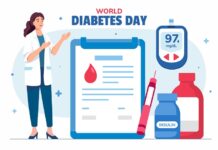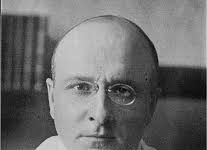In India, lung cancer patients tend to be about a decade younger than their Western counterparts and are often non-smokers, a significant deviation from the typical profile associated with the disease. This distinctive pattern has been highlighted in a special review of lung cancer cases in Asia published in The Lancet, a leading medical journal.
According to the review, lung cancer manifests roughly 10 years earlier in Indian patients, with the average age at diagnosis ranging from 54 to 70 years. The article, titled ‘Uniqueness of Lung Cancer in Southeast Asia,’ is authored by a team of doctors primarily from Tata Memorial Centre in Mumbai.
The review indicates that in 2020, lung cancer was the third most commonly diagnosed cancer in Southeast Asia, accounting for 18.5 lakh new cases (7.8%) and was the leading cause of
cancer related deaths, with 16.6 lakh fatalities (10.9%). Globally, there were 22 lakh new lung cancer cases (11.6%) and 17 lakh deaths (18%). In India, the annual incidence of lung cancer is 72,510 cases (5.8%), resulting in 66,279 deaths (7.8%).
Dr. Kumar Prabhash from Tata Medical Centre’s medical oncology department noted that over half of lung cancer patients in India are non-smokers. The study identified key risk factors for lung cancer in non-smokers, including air pollution (notably PM2.5), occupational exposure to harmful substances like asbestos, chromium, cadmium, arsenic, and coal, as well as second-hand smoke. Additional factors such as genetic predisposition, hormonal influences, and pre-existing lung conditions also contribute to the increasing incidence of lung cancer among non-smokers.
Dr. Prabhash further explained that the incidence rate of lung cancer in the US is 30 per 1,000 people, compared to 6 per 1,000 in India. However, due to India’s large population, even a 6% incidence translates to a significant number of patients. He also pointed out that the high prevalence of tuberculosis (TB) in India complicates lung cancer diagnosis, as TB symptoms often mimic those of lung cancer.
As reported by msn.com, the authors emphasized the challenges in accessing newer treatment methods and medications, which are mostly developed abroad, thereby increasing costs. Early detection and treatment initiation remain critical issues, with only 5% of lung cancer patients in India seeking timely surgical intervention. Dr. Prabhash stressed the need to improve this rate to at least 20%, similar to Western countries.























